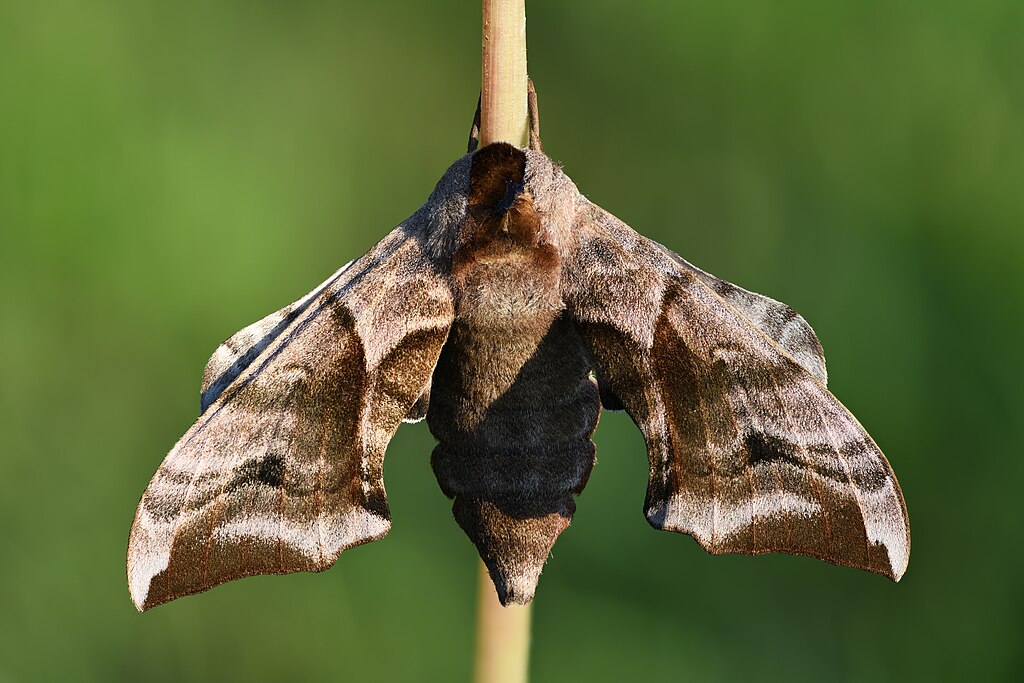Imagine walking through a forest and suddenly realizing that around you, millions of conversations are happening that you can’t hear, see, or even comprehend. These aren’t whispered secrets between hikers or rustling leaves telling ancient stories. Instead, it’s an intricate network of chemical messages floating through the air, carrying information more complex than any human language. Welcome to the fascinating world of insect chemical communication, where a single molecule can mean the difference between life and death, love and loneliness, or survival and starvation.
The Invisible Language of Pheromones
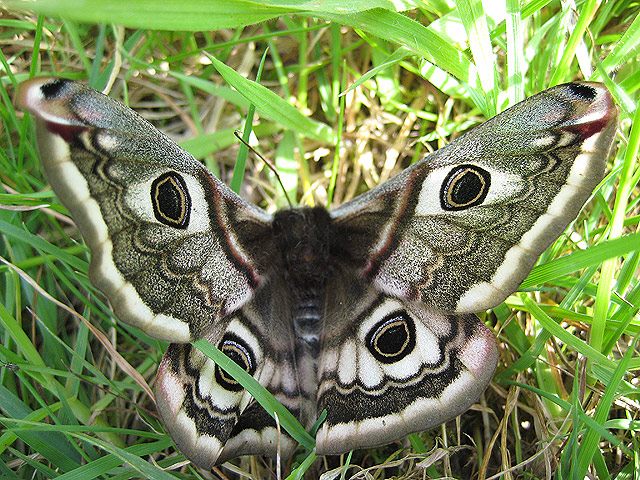
Pheromones represent the most sophisticated form of chemical communication in the insect world, functioning as invisible messengers that carry incredibly specific information. These chemical compounds can travel vast distances through air currents, maintaining their potency and meaning even when diluted to seemingly impossible concentrations. A single female moth, for instance, can release just a few nanograms of sex pheromones and attract males from over a mile away. The precision of pheromone communication puts our human messaging systems to shame. While we struggle with autocorrect failures and misunderstood texts, insects have perfected a chemical language that leaves no room for ambiguity. Each pheromone molecule carries a specific message, whether it’s announcing reproductive readiness, marking territorial boundaries, or signaling immediate danger to the colony.
Decoding the Ant Highway System
Ants have created what amounts to the world’s most efficient traffic management system, all through the strategic use of chemical trails. When a worker ant discovers a promising food source, she doesn’t just gorge herself and head home. Instead, she carefully deposits a trail of pheromones on her return journey, creating a chemical breadcrumb trail that other ants can follow. This trail system operates on a principle of reinforcement that would make any highway engineer jealous. The more ants that use a particular route, the stronger the pheromone trail becomes, naturally directing traffic toward the most efficient paths. When the food source is depleted, the trail gradually fades without reinforcement, automatically redirecting the colony’s attention to more profitable ventures.
Bee Communication Beyond the Waggle Dance
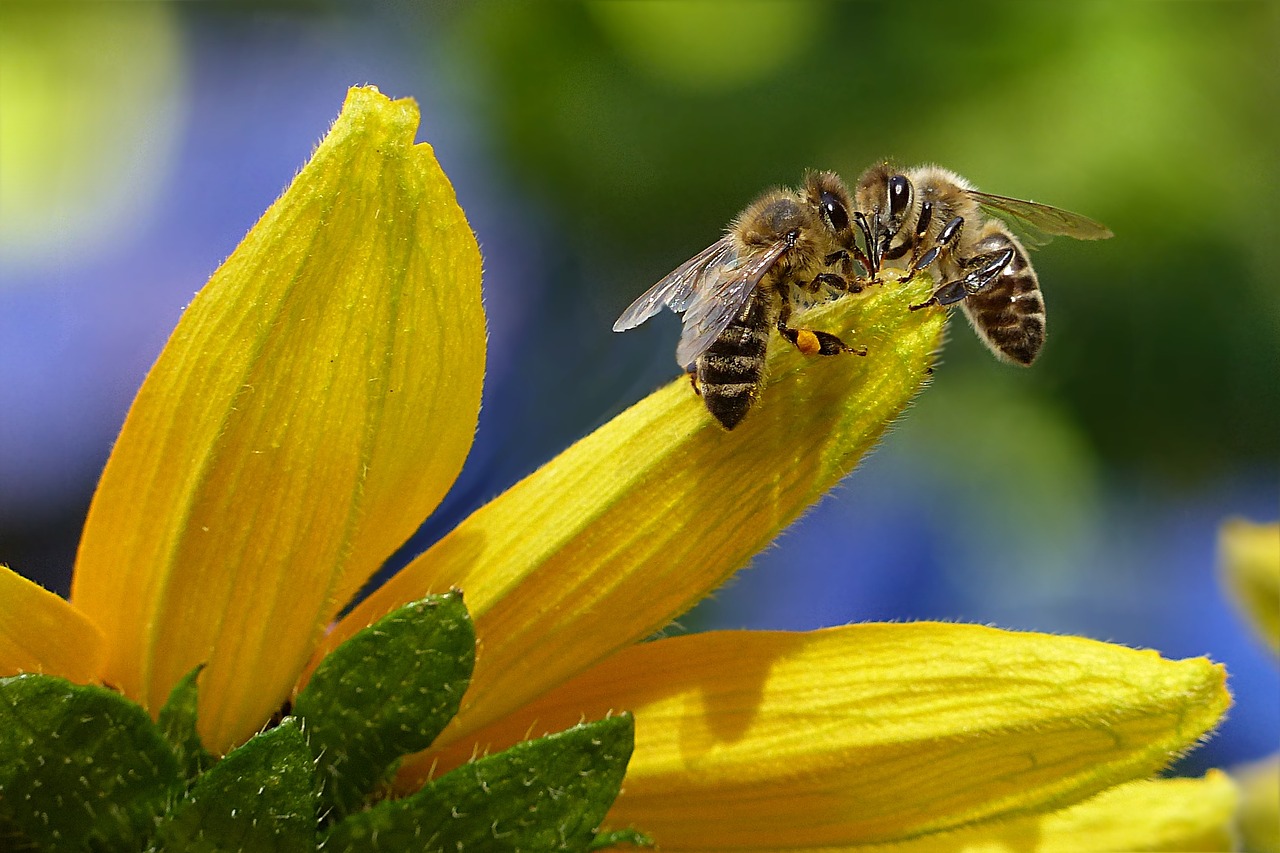
While most people know about the famous waggle dance that bees use to communicate location information, fewer realize that chemical communication plays an equally crucial role in hive coordination. Guard bees at the entrance release specific pheromones that help identify nestmates from potential intruders, creating a chemical security system that’s more sophisticated than any human-designed access control. The queen bee’s pheromones represent perhaps the most powerful chemical communication system in nature. Her mandibular pheromones not only suppress the reproductive development of worker bees but also coordinate the entire colony’s behavior, from construction activities to foraging patterns. When the queen’s pheromone production declines, it triggers the complex process of queen replacement, demonstrating how chemical messages can literally reshape an entire society.
Alarm Signals That Save Lives
When danger strikes an insect colony, there’s no time for lengthy explanations or detailed safety briefings. Instead, insects rely on alarm pheromones that can instantly mobilize thousands of individuals into coordinated defensive action. These chemical alarm bells are so potent that they can trigger aggressive behavior in insects that are normally docile and focused on routine tasks. Termite soldiers provide a perfect example of this chemical alarm system in action. When their nest is breached, they release alarm pheromones that not only alert other soldiers but also cause workers to immediately retreat to safety. The chemical message spreads through the colony like wildfire, creating a coordinated response that maximizes survival chances for the entire community.
The Chemistry of Attraction
Insect courtship operates on a chemical level that makes human dating apps look primitive by comparison. Male insects can detect potential mates from extraordinary distances, following chemical gradients with the precision of a guided missile. The sex pheromones released by females contain detailed information about species identity, reproductive status, and even genetic compatibility. Some insects have evolved chemical communication so refined that they can distinguish between closely related species based on tiny differences in pheromone composition. This chemical specificity prevents wasteful cross-species mating attempts and ensures that energy is only invested in potentially successful reproductive encounters. It’s like having a built-in compatibility test that works at the molecular level.
Territorial Markings and Chemical Boundaries
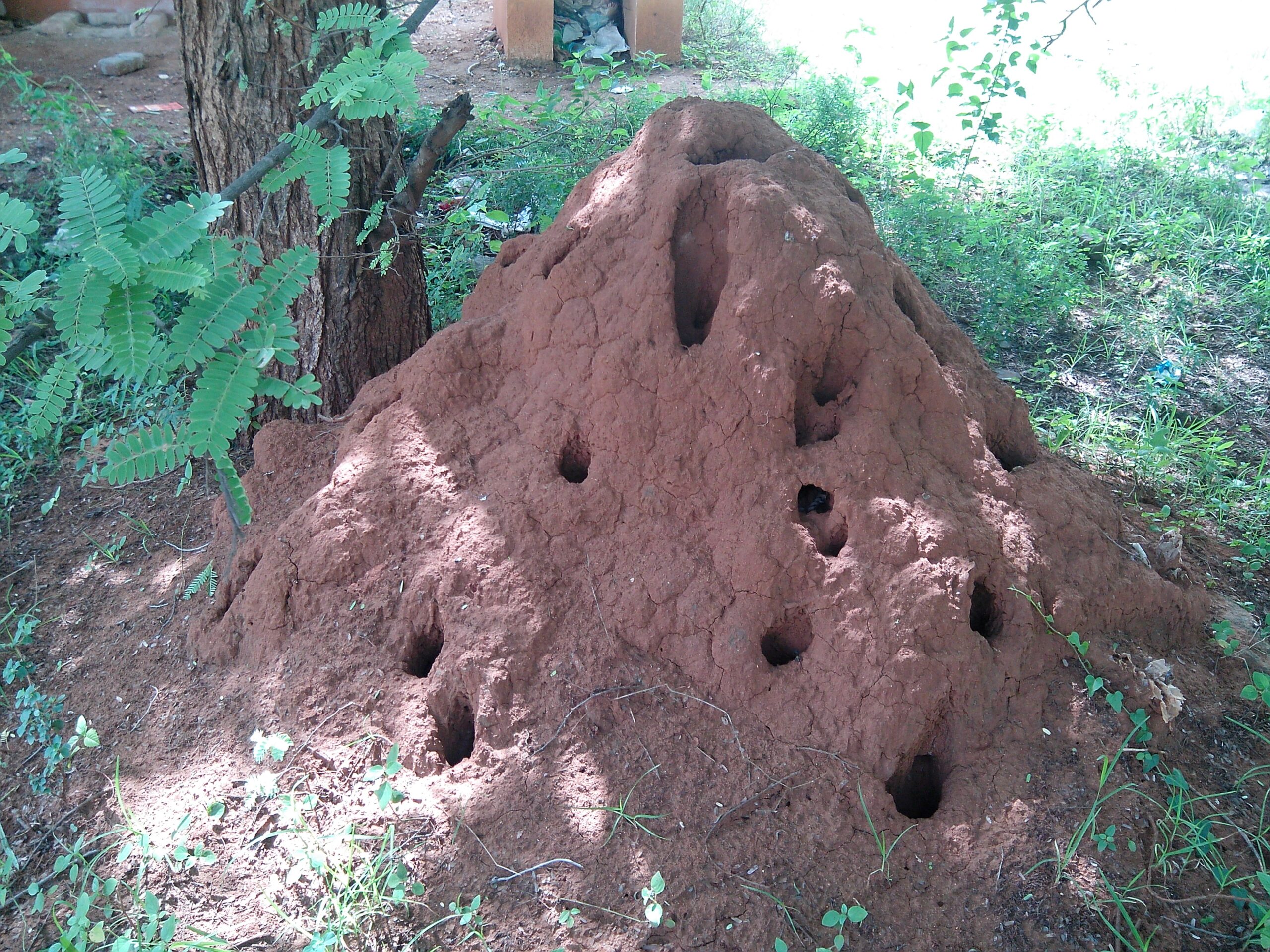
Long before humans invented property lines and fences, insects were using chemical markers to establish and defend territories. These invisible boundaries are patrolled and maintained through regular scent marking, creating a three-dimensional map of ownership that only other insects can read. The chemical markers contain information about the territory holder’s identity, strength, and recent presence in the area. Some insects take territorial marking to sophisticated extremes, using different chemical compounds to indicate various aspects of their claim. They might use one pheromone to mark the core territory where they feed and another to establish a larger buffer zone where they’re willing to tolerate occasional intruders. This chemical zoning system allows for efficient resource utilization while minimizing potentially dangerous conflicts.
Aggregation Pheromones and Safety in Numbers
Many insects have discovered that there’s safety and efficiency in numbers, using aggregation pheromones to coordinate group activities. These chemical signals attract individuals to specific locations, creating temporary communities that can accomplish tasks impossible for solitary insects. Bark beetles, for example, use aggregation pheromones to coordinate mass attacks on trees, overwhelming the plant’s natural defenses through sheer numbers. The timing and intensity of aggregation pheromone release can be precisely controlled to optimize group formation. Early arrivals at a potential site release moderate amounts of attractant pheromones, while later arrivals contribute additional chemical signals that amplify the message. This creates a feedback loop that ensures optimal group size without overcrowding or resource competition.
Multi-Component Messages
Insect chemical communication often involves complex cocktails of different compounds, each adding layers of meaning to the overall message. A single pheromone blend might simultaneously indicate species identity, reproductive status, territorial claims, and recent health status. This multi-component approach allows insects to pack enormous amounts of information into chemical messages that travel efficiently through their environment. The ratios between different chemical components can completely change the meaning of a pheromone message, much like how changing the emphasis in a spoken sentence can alter its interpretation. Insects have evolved the ability to detect and interpret these subtle chemical variations, allowing for nuanced communication that rivals human language in its complexity and precision.
Chemical Mimicry and Deception
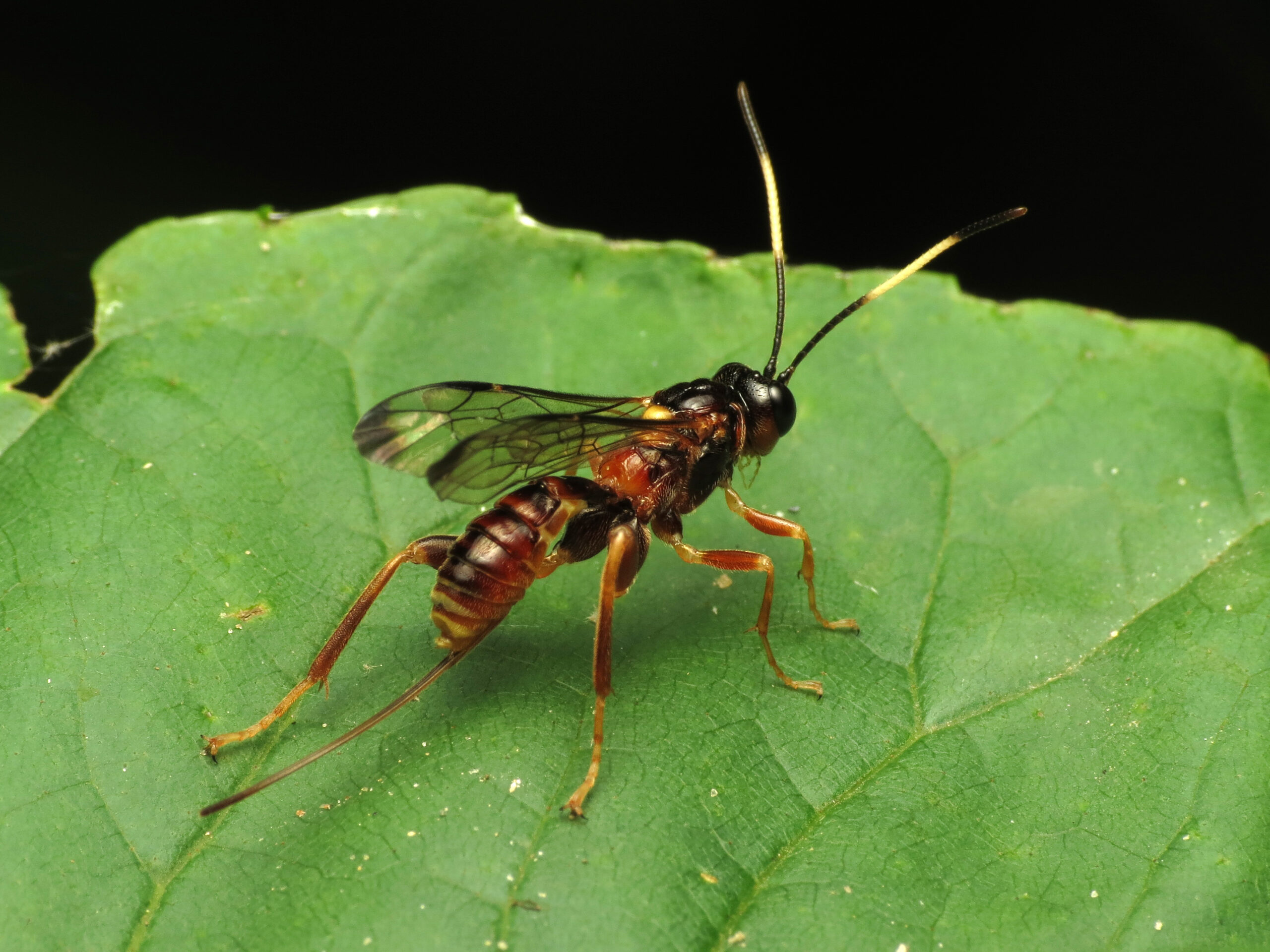
Not all chemical communication in the insect world is honest, and some species have evolved sophisticated deception strategies that exploit other insects’ pheromone systems. Parasitic insects might mimic the chemical signatures of their hosts, allowing them to infiltrate colonies and exploit resources without detection. This chemical camouflage requires precise matching of complex pheromone profiles, representing an evolutionary arms race between deceivers and their targets. Some predatory insects have taken chemical deception even further, producing fake pheromones that attract prey species. These chemical traps work by exploiting the victim’s own communication system, turning their natural responses against them. It’s like setting up a fake radio station that broadcasts emergency signals, luring unsuspecting listeners into danger.
Environmental Factors Affecting Chemical Messages

The effectiveness of chemical communication depends heavily on environmental conditions, and insects have evolved sophisticated strategies to optimize their messages for different situations. Wind patterns, temperature, and humidity all influence how pheromones travel and persist in the environment. Insects adjust their chemical output based on these conditions, releasing more pheromones during unfavorable weather or positioning themselves strategically to maximize message transmission. Some insects have developed remarkable adaptations to environmental challenges, such as producing different pheromone formulations for different seasons or times of day. Others have learned to exploit environmental features like thermal currents or vegetation patterns to enhance their chemical communication range. These adaptations demonstrate the incredible flexibility and sophistication of insect chemical communication systems.
The Role of Antennae in Chemical Detection
An insect’s antennae function as incredibly sensitive chemical detection equipment, capable of identifying and interpreting molecular messages with precision that puts our best analytical instruments to shame. The surface of insect antennae is covered with specialized receptors that can detect specific chemical compounds at concentrations measured in parts per billion. This sensitivity allows insects to perceive chemical gradients and follow pheromone trails with remarkable accuracy. Different insects have evolved antenna designs optimized for their specific communication needs. Male moths, for instance, have elaborate feathery antennae that maximize surface area for detecting female sex pheromones. Social insects like ants have mobile antennae that can actively sample the chemical environment, allowing them to gather detailed information about their surroundings through constant chemical monitoring.
Chemical Communication in Different Insect Orders
Each major group of insects has developed unique approaches to chemical communication, reflecting their diverse lifestyles and ecological niches. Beetles tend to use relatively simple pheromone systems with a few key compounds, while social insects like ants and termites have evolved complex chemical vocabularies with dozens of different message types. Flying insects often use volatile compounds that can travel long distances, while ground-dwelling species might rely on contact pheromones that provide information through direct physical interaction. These differences in chemical communication strategies reflect millions of years of evolutionary adaptation to specific environmental challenges and lifestyle requirements. Each insect order has fine-tuned its chemical communication system to maximize survival and reproductive success in its particular ecological niche, resulting in an incredible diversity of chemical languages across the insect world.
The Future of Insect Chemical Communication Research
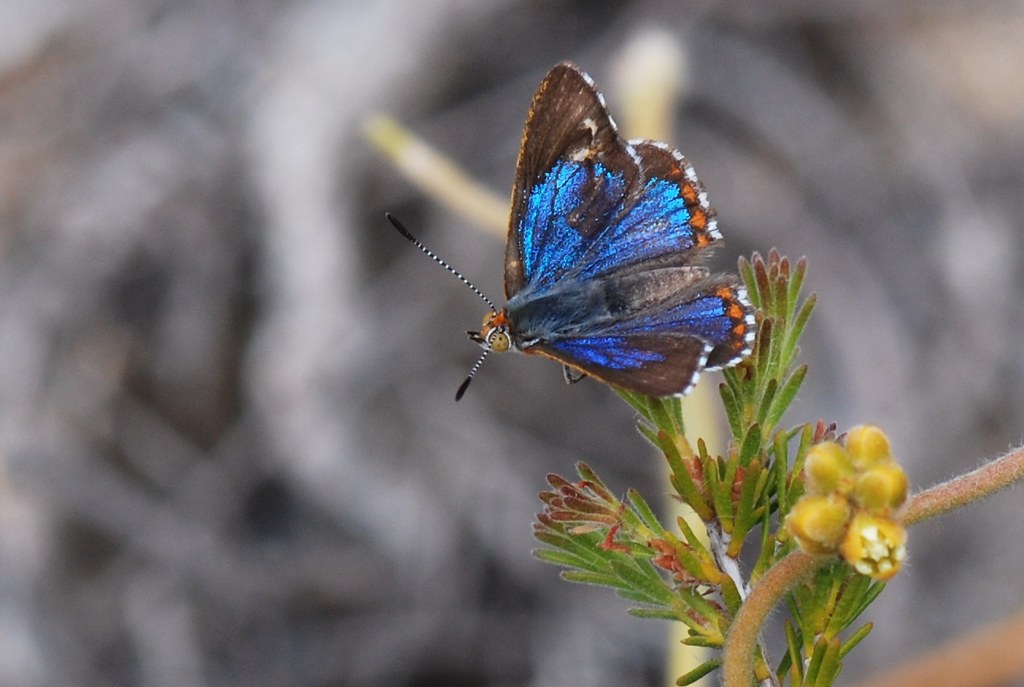
Modern technology is finally allowing scientists to crack the code of insect chemical communication with unprecedented detail and precision. Advanced analytical techniques can now identify trace amounts of pheromones and map their three-dimensional distribution in natural environments. This research is revealing communication systems far more complex and sophisticated than previously imagined, with implications that extend far beyond basic scientific curiosity. Understanding insect chemical communication has practical applications in agriculture, where pheromone-based pest control methods offer environmentally friendly alternatives to traditional pesticides. These bio-inspired approaches work by disrupting insect communication systems rather than poisoning them, creating targeted control strategies that don’t harm beneficial species or contaminate the environment.
Implications for Human Technology
The efficiency and sophistication of insect chemical communication systems are inspiring new approaches to human technology and engineering. Researchers are developing artificial chemical sensors based on insect antenna designs, creating devices that can detect trace amounts of explosives, drugs, or environmental pollutants. The principles of pheromone trail following are being applied to robotics and autonomous vehicle navigation, where chemical gradients could provide robust guidance systems in challenging environments. Perhaps most intriguingly, insect chemical communication offers insights into distributed decision-making and collective intelligence that could revolutionize how we design computer networks and artificial intelligence systems. The way ant colonies use pheromone trails to optimize foraging routes has already inspired algorithms for solving complex optimization problems in logistics and telecommunications.
Conservation and Environmental Impact
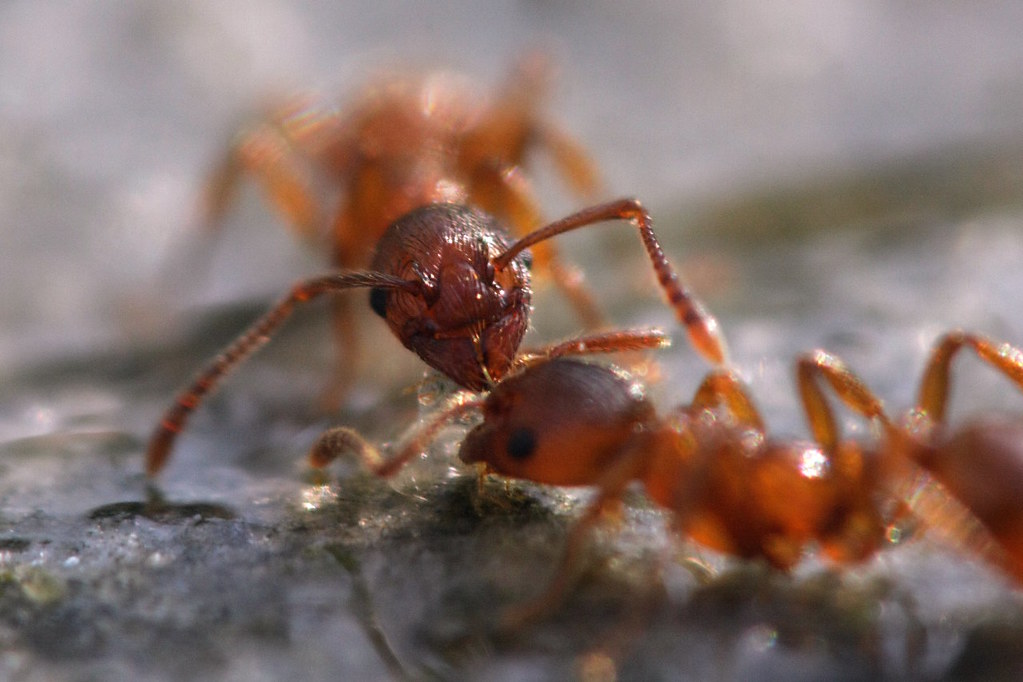
Human activities are increasingly disrupting insect chemical communication systems, with potentially devastating consequences for ecosystem stability and biodiversity. Air pollution can mask or alter pheromone signals, while habitat fragmentation can break up the chemical communication networks that insects depend on for survival. Light pollution affects nocturnal insects that rely on chemical cues for navigation and mate location, creating invisible barriers that can isolate populations and reduce genetic diversity. Understanding these impacts is crucial for developing conservation strategies that protect not just individual species but the complex communication networks that connect entire ecosystems. Preserving insect chemical communication systems requires protecting the air quality, habitat connectivity, and natural light cycles that make these invisible conversations possible. The silence of disrupted chemical communication could signal the collapse of ecological relationships that have evolved over millions of years.
Conclusion
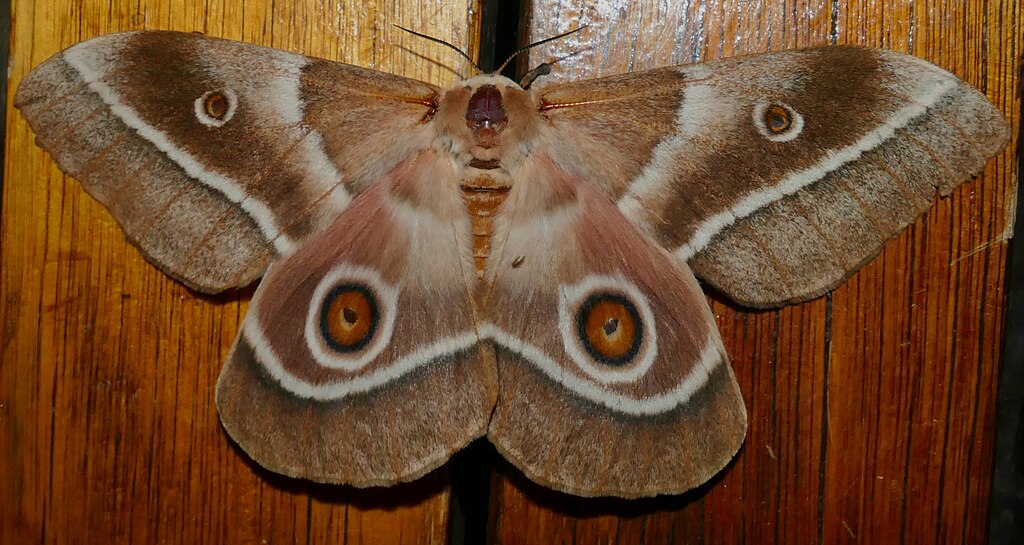
The intricate world of insect chemical communication reveals a level of sophistication that challenges our understanding of intelligence and complexity in nature. These tiny creatures have developed communication systems that operate with precision, efficiency, and reliability that surpass many human technologies. From the life-saving alarm signals that protect entire colonies to the romantic chemical messages that ensure species survival, insects demonstrate that size doesn’t limit the complexity of communication. Their chemical languages connect individuals across vast distances, coordinate complex social behaviors, and maintain the delicate balance of ecosystems worldwide. As we continue to decode these invisible conversations, we gain not only scientific knowledge but also inspiration for solving human challenges and a deeper appreciation for the remarkable intelligence that surrounds us in the natural world. What other secrets might these chemical conversations reveal about the hidden complexity of life on Earth?

